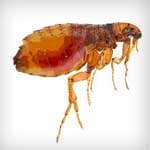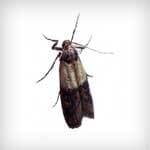Pest Control in Hampton Roads Area
Serving Virginia Beach, Yorktown, Hampton, Williamsburg, VA and Surrounding Areas.
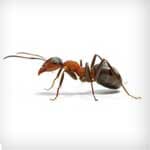
ANTS
- Ants are common insects, but they have some unique capabilities. More than 10,000 known ant species occur around the world.
- Ants are enthusiastically social insects, ants typically live in structured nest communities that may be located underground, in ground-level mounds, or in trees.
- Ant communities are headed by a queen or queens, whose function in life is to lay thousands of eggs that will ensure the survival of the colony. Workers (the ants typically seen by humans) are wingless females that never reproduce, but instead forage for food, care for the queen's off-spring, work on the nest, protect the community, and perform many other duties.
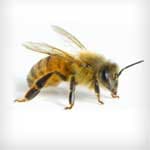
BEES
- There are about 20,000 different species of bees in world.
- Bees make honey to feed their young during the winter.
- Honeybees' stingers have a barb which anchors the stinger in the vic-tim's body. The bee leaves its stinger and venom pouch behind and soon dies from abdominal rupture.

CRICKETS
- An insect related to the grasshopper.
- There are more than 900 species of crickets.
- Only the males chirps.
- Crickets are nocturnal that's why we hear them more at dusk and night time.
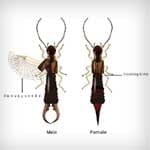
EARWIGS
Earwigs make up the insect order Dermaptera, found throughout the Americas, Africa,Eurasia, Australia, and New Zealand. With about 2,000 species in 12 families, they are one of the smaller insect orders. Earwigs have characteristic cerci, a pair of forceps pincers on their abdomen, and membranous wings folded underneath short forewings, hence the scientific order name, "skin wings." Some groups are tiny parasites on mammals and lack the typical pincers. Earwigs rarely use their flying ability.
Earwigs are nocturnal; they often hide in small, moist crevices during the day, and are active at night, feeding on a wide variety of insects and plants. Damage to foliage, flowers, and various crops is commonly blamed on earwigs, especially the common earwig, Forficula auricularia.
Earwigs are nocturnal; they often hide in small, moist crevices during the day, and are active at night, feeding on a wide variety of insects and plants. Damage to foliage, flowers, and various crops is commonly blamed on earwigs, especially the common earwig, Forficula auricularia.
FLEAS
- Fleas can live for about 100 days.
- Fleas do not fly. They jump from one place to another.
- A pair of fleas can produce 400-500 offspring in their lifetime.
- A flea can jump up to 8 inches high. That is 150 times its own height. If you could do this, you'd be able to leap over even tall skyscrapers!
PANTRY PESTS
The lndian meal moth is one of the most common and troublesome of the moths infesting stored products. The caterpillar stage of this insect will feed on a variety of grains, meal, breakfast foods, dried nuts, seeds, chocolate, powdered milk, and especially dry pet foods. Infested material may be more or less webbed together. Small two-colored moths (gray and reddish-brown) will also be seen flying about the infested area.
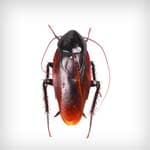
ROACHES
- Cockroaches have been around since the time of dinosaurs!
- A cockroach can live almost a month without food.
- A cockroach can live about two weeks without water.
- Some female cockroaches only mate once and stay pregnant for life!
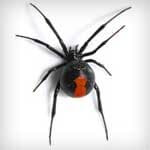
SPIDERS
- There are over 35,000 species of spiders.
- Spiders are not insects they are arachnids meaning they have 8 legs.
- Most spiders are harmless to humans but a few spider species, such as the black widow, can bite humans and inject venom. Deaths from spider bites are rare however.
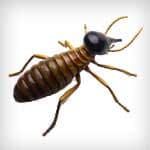
TERMITES
- Termites have been around since the time of the dinosaurs!
- Termite colonies eat non-stop, 24 hours a day, seven days a week!
- Termites have wings that they shed once they have found a good place to build a nest.
- Termites cause up to $2 billion in damage per year!
- All Termites are social insects and raise their young as a group.
- The total weight of all of the termites in the world is more than the weight of all the humans in the world.
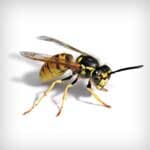
WASPS
- There are 4,000 kinds of wasps in the United States.
- Typically, Wasps are most active during the day and usually return to their nests at dusk.
- Most wasps live less than one year and some only live for a few months.
- Queens sometimes live for several years.
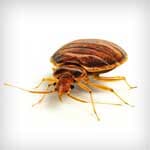
BED BUGS
- A female bed bug will produce between 1- 7 eggs per day for about 10 days after a single blood meal. She will then have to feed again to produce more eggs.
- Due to the large numbers of eggs a female can produce under optimal conditions (temperatures >70° F but < 90°F, and in the presence of a host), a bed bug population can double every 16 days.
- The number of male and female eggs produced is about the same (1:1 ratio).
- A single female can produce about 113 eggs in her whole life.
- Eggs can be laid singly or in groups. A wandering female can lay an egg anywhere in a room.
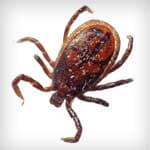
TICKS
- Ticks are more closely related to spiders and scorpions than insects.
- Ticks can live as long as 200 days without food or water.
- There are two main types of ticks: hard and soft.
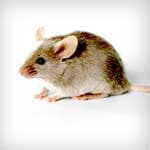
MICE
- Female mice can give birth when they are two months old and are able to have babies 6 to 10 times in their life.
- Mice have to build their homes near sources of food because they like to eat 15 to 20 times per day.
- House mice, like other rodents, do not vomit.
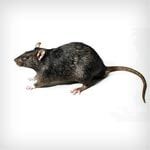
RATS
- An adult rat can squeeze into your home through a hole as small as the size of a quarter.
- Rats can live for up to 18 months, but most die before they are one year old.
- Rats have strong teeth that allow them to chew through glass, cinder-block, wire, aluminum and lead.


